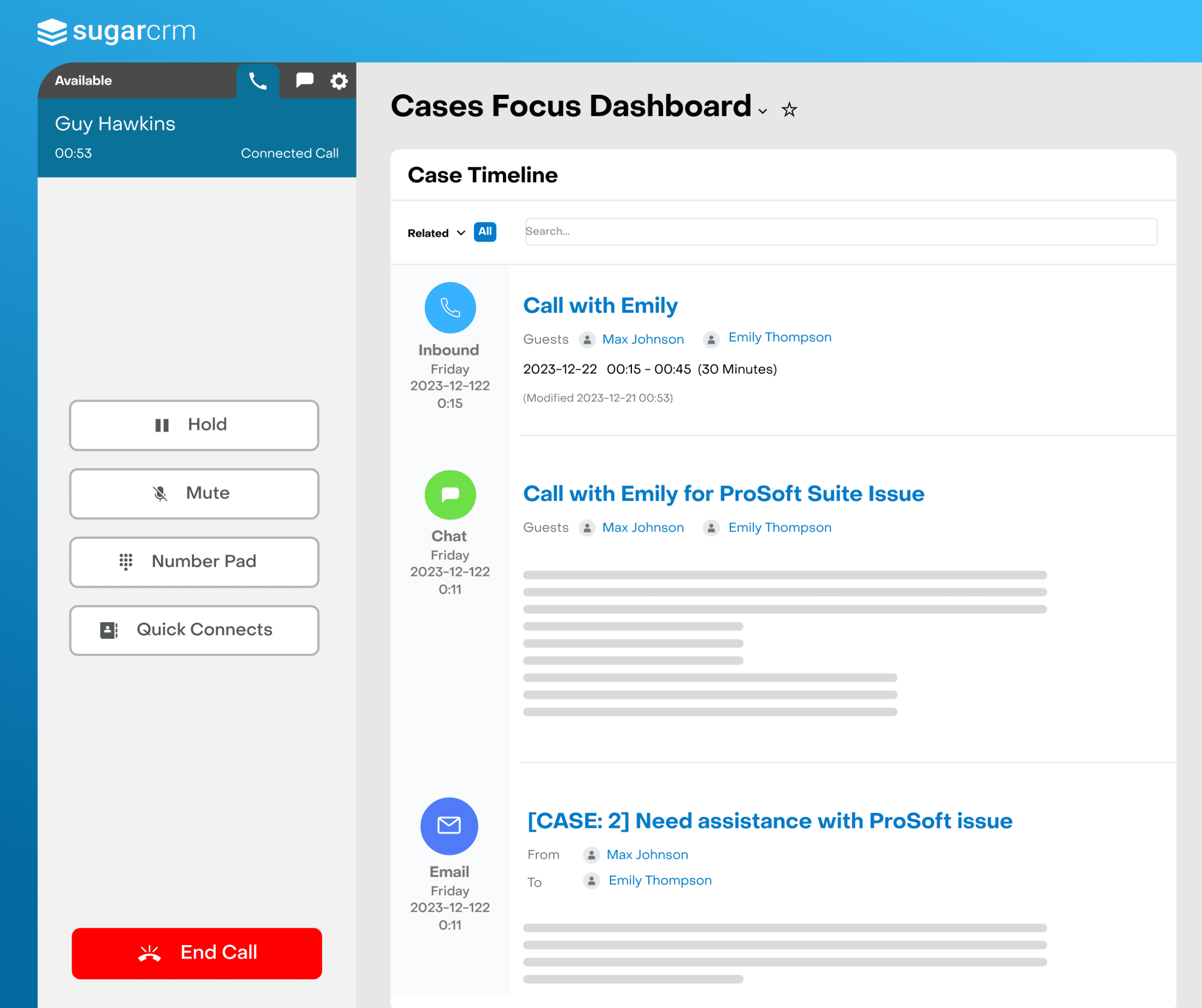What is Customer Experience Management and Why Does it Matter?
Companies that get customer experience right see massive benefits. When companies are able to provide a great customer experience (CX), their customers are more likely to spend more, refer more, and stay longer. And in a world where managing customer churn is of the utmost importance, the value of a great CX strategy cannot be understated.
Modern businesses today are relying on Customer Experience Management (CXM) to not only attract, convert, and retain new customers, but also manage the flow of current customer interactions in efforts to optimize customer and organization engagement. In fact, Research shows that 73% of customers agree that customer experience helps drive their buying decision, and 86% say they will pay more if it means getting a better experience, which means CX is no longer optional or something that can be ignored. This is where Customer Experience Management (CXM) comes in.
But, what is CXM, and how can you improve it to deliver the experience your customers not only want, but expect?
What is Customer Experience Management?
“Customer experience management (CXM) is the discipline of understanding customers and deploying strategic plans that enable cross-functional efforts and customer-centric culture to improve satisfaction, loyalty, and advocacy.”
– Gartner®, IT Glossary, Customer Experience Management (CXM).
At its core, CXM is all about knowing your customers so well that you can start to create and deliver personalized experiences that will captivate them and entice them to remain loyal customers to your brand. The goal of CXM is to improve the experience your customers have every time they interact with your company. Each touchpoint is an opportunity for your business to prove to the customer that you’re the right company to partner with, whether that would be initial signature, or keeping an existing customer happy. It’s all about turning every engagement, both passive and active, into positive ones.

Why Does it Matter?
Since CX is increasingly one of the most important competitive differentiators a business has at its disposal, companies need to prioritize the right balance of strategy, processes, and tools to create positive, and lasting, impressions. Complacency is no long an option for companies looking to scale and remain competitive.
Gaining in-depth knowledge about your customers isn’t something that just happens overnight. It comes from extracting customer insight from all touchpoints and channels across your entire organization. It’s about harnessing the mountain of customer data you have from your tech stack to uncover valuable data insights with speed and precision.
How to Leverage CXM Within Your Organization
You can begin by leveraging your CRM to boost your CXM. While CRM shows what a customer looks like to your company, CXM defines what your company looks like to the customer. By flipping the narrative, CXM puts prospects and customers at the center of your marketing, sales, and customer support initiatives which allows your sales teams to use their CRM to amplify and hyper-focus on your customers and their journey—leading to increased brand loyalty and longer customer life cycles.
To deliver the most value at each customer touch point—and improve the customer experience—you need to map your pre-existing CRM data to specific stages in your customer’s life cycles so you can rest easy knowing you’re delivering the right message, to the right person, at the right place, at the right time. Sales teams must not forget that each and every stage of a customer’s life cycle are all connected. For example, post-purchase experience can be just as important than first-touch for some companies. As you begin to build your loyalty loop, each stage then presents itself as an opportunity to gain more insight that you can then feed back into your marketing operations to draw from the next time.
While having the right technology to facilitate customer interactions matters, having an actionable strategy that incorporates the people, technology, and data of your organization is equally important. Organizations need a well-round strategy that encompasses every element, both operationally and technologically, for their company to be successful.


